Do you have big plans for a thriving online store? If you’re an ambitious entrepreneur, you may be wondering which platform can help you grow your business. However, you might not be very familiar with the technical intricacies of scaling a fast-evolving web company.
WooCommerce is a trusted and widely-used platform among business owners. Using this e-commerce tool, you can build an online store that supports expansion. As long as you adopt a few best practices, your WordPress website will be able to handle almost any level of growth.
In this post, we’ll introduce you to the basics of WooCommerce stores and scaling an ecommerce business. Then, we’ll cover just how scalable WooCommerce is. Finally, we’ll share six essential techniques that you can employ to ensure that your online store grows smoothly. Let’s dive in!
How Does WooCommerce Work?
WooCommerce is a WordPress plugin that enables you to build an online store. With more than five million active installations, it is one of the most popular ecommerce solutions on the web:
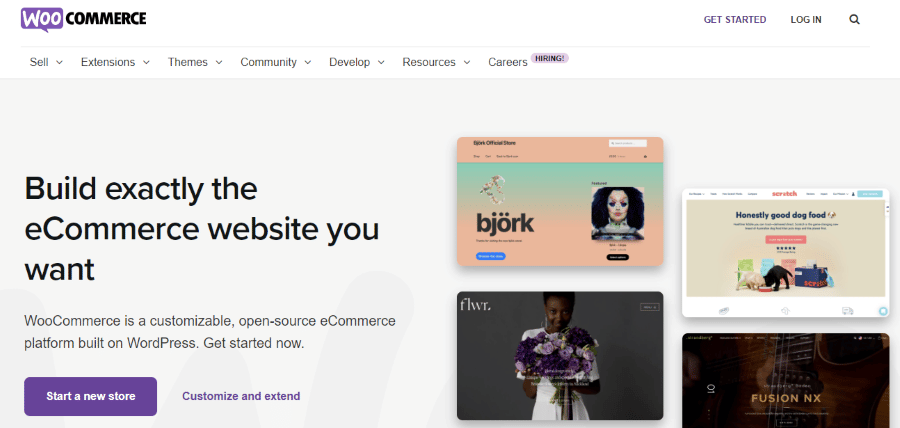
WooCommerce makes it easy to launch an online store. This is partly due to the fact that WordPress enables users to take advantage of pre-made themes. While some themes are intended for creative uses, such as blogs and portfolios, there are tons of options specifically designed for online shops.
For example, the Storefront theme provides the essential pages for an ecommerce site, such as Shop, Cart, Checkout, and more:
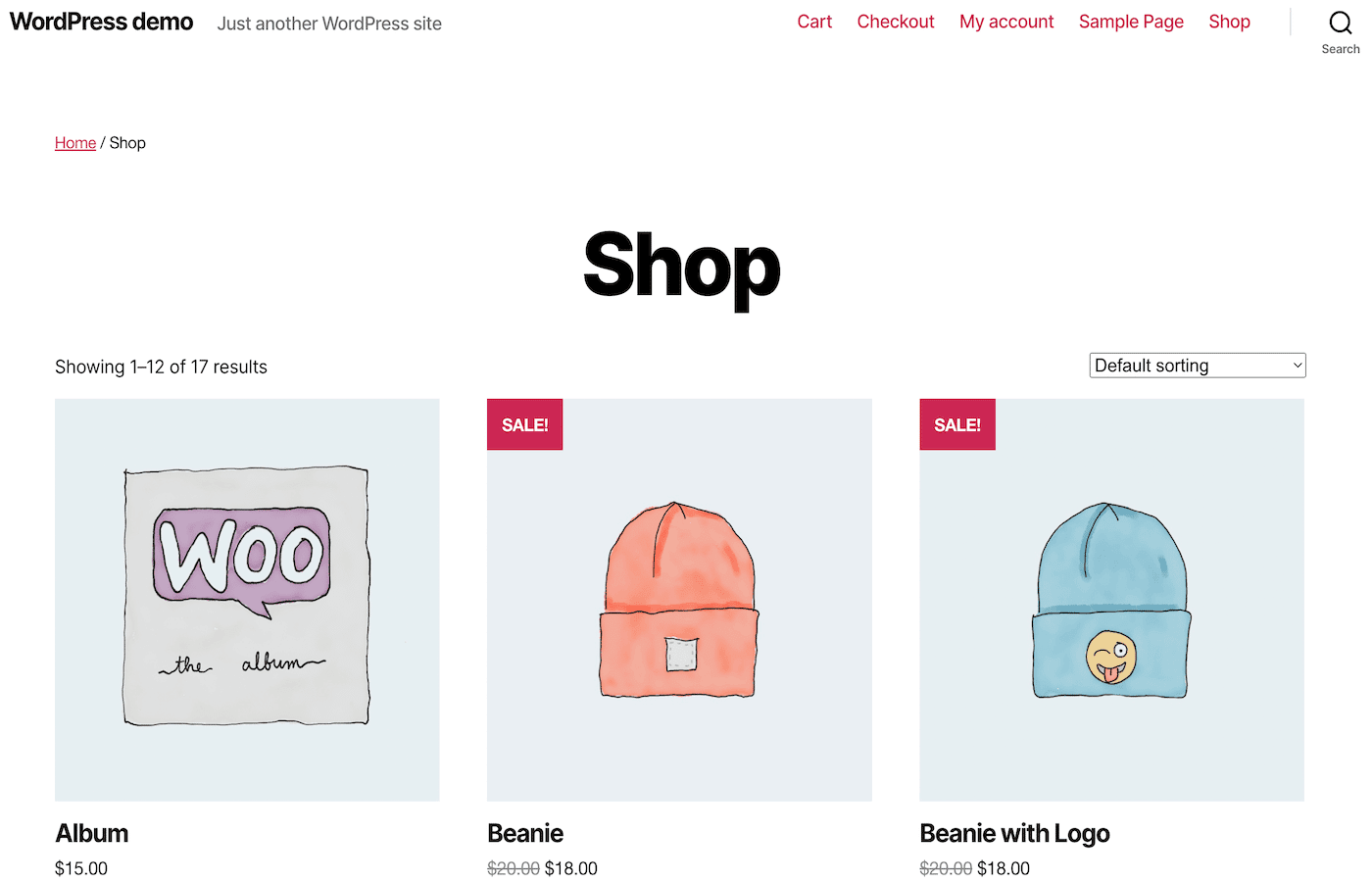
Additionally, WooCommerce comes with many features that enable you to run your online business. These include payment gateways, label printing, tax calculations, and more.
You’ll also get access to a wide range of add-ons that can help boost your conversions. These include everything from integrated email marketing software like Mailchimp to sophisticated analytics programs such as Google Analytics.
WooCommerce is also a great option for larger online stores. It allows for bulk uploading of products for maximum efficiency.
This platform can help you grow your store more efficiently. It can track and update your inventory automatically. Moreover, its automated console enables you to manage almost every area of your business right from your WordPress dashboard.
What Is Scalability?
If you plan to launch and grow an online business, it’s important to know a thing or two about scalability. This term refers to a system’s potential to handle increased demand while still maintaining the same level of performance.
To put it simply, if a company is scalable, it can grow safely and successfully. On the contrary, when a business hasn’t been built to scale, it can lead to issues such as delays in delivery or the degradation of customer support.
Research shows that 20 percent of businesses don’t survive their first year. What’s more, rapid growth is often cited as one of the top reasons they fail.
When a business experiences stress due to growth, this can put the entire operation in danger. Therefore, setting the foundation for a scalable business is essential.
While elements like the supply chain are part of the equation, this is likely something that you have little control over. Therefore, one of the best ways to make your ecommerce business scalable is by building a powerful website that can handle increased demand.
How Scalable Is WooCommerce?
The great news is that WooCommerce is highly scalable. For starters, it allows for unlimited products and daily transactions. This means that you can easily expand your offerings without having to worry about maxing out on daily orders.
One excellent example of a successful WooCommerce store is Mint Mobile:

According to Aftership, this e-commerce business receives over two million monthly visitors. If you browse Mint Mobile’s pages, you’ll see that it offers plenty of products, including plans, phone deals, and more.
If you’re not convinced, WooCommerce’s Scaling FAQ provides additional information on what factors affect its ability to scale properly with your business. Let’s review the major points:
- Traffic. This is one of the most important elements in the scalability of WooCommerce stores. Your site needs to be able to handle large numbers of visitors at once. Furthermore, it should be able to manage unexpected spikes of traffic on individual pages or at particular times (such as during sales events).
- WooCommerce code. Luckily, the plugin is programmed with efficiency in mind. The WooCommerce development team is constantly optimizing the software to enhance its performance and ensure its scalability.
- Other system code. The performance of your store might be affected by code from other components, such as your theme and plugins. As such, you’ll want to ensure that you’re choosing these tools carefully. Plugins should contain clean and efficient code for peak performance.
- Server hardware. Advanced server performance is key for the scalability of WooCommerce. Servers with limited resources won’t be able to accommodate high levels of traffic.
You’ll notice that some of these factors aren’t determined by the WooCommerce plugin. Therefore, it’s up to you to ensure that your site remains scalable.
Common Ecommerce Growth Approaches
Before we look at some tips for effectively scaling your WooCommerce store, let’s go over some common growth approaches that you’re likely to see in the online business world.
Bootstrapping
You’ve likely heard this buzzword before. The term “bootstrapping” comes from the adage of “pulling oneself up by the bootstraps”. In essence, it refers to slow growth that a company achieves on its own.
Generally speaking, bootstrapping is considered to be a tactic that naturally allows for sustainable scaling. It’s often viewed as a scrappy and frugal strategy. Some bootstrapping techniques might include offering free samples to increase visibility or creating a rewards program to encourage customer loyalty.
Bootstrapped businesses will likely have a strong social media presence. This is because social platforms offer an affordable way to grow and scale slowly over time.
Slow Scaling
As the name suggests, slow scaling is similar to bootstrapping. However, it offers a more balanced approach.
In a slow scaling scenario, a small business will accept financial backing from an outside party.
This may be in the form of a loan or even venture capital.
Slow scaling is also considered to be a safe and sustainable way to scale. Typically, slow scaling businesses are just as DIY as bootstrapping businesses, only they’re willing to accept outside help. The major downside of this approach is that entrepreneurs may lose some control when they accept financial support from other firms.
Fast Scaling and Blitzscaling
Fast scaling and blitzscaling are some of the riskiest types of growth strategies. Fast scaling is the most common technique for businesses that are backed by venture capital. These companies may even have additional support systems such as outside marketing teams and leadership.
Similarly, blitzscaling is a scaling model that prioritizes growth. Companies that employ this strategy typically reach impressive levels of growth in a very short time.
For most small ecommerce businesses, neither of these strategies are recommendable or even relevant. However, both fast scaling and blitzscaling enable companies to be competitive in the market.
How To Effectively Scale Your WooCommerce Store (6 Essential Techniques)
Now that you know a bit more about the most common scaling techniques, you might have a better idea of which option is best for your business. Regardless of your choice, you will need a powerful website to support your growth. Let’s look at how you can effectively scale your WooCommerce store.
1. Choose a Quality Hosting Provider
Choosing a quality hosting provider will help you lay the groundwork for a scalable WordPress site. Hosting providers, or web hosts, equip websites with the server resources they need to deliver web pages to internet users.
There are different types of web hosting, such as shared, dedicated, or Virtual Private Servers (VPS). Each option allows for a different level of user traffic. Some premium web hosts, like Kinsta, even offer managed WooCommerce hosting:
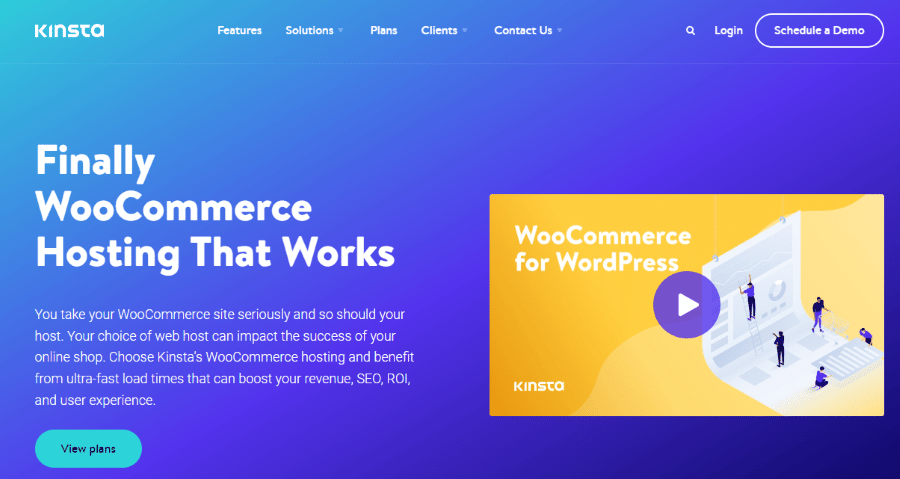
Our WooCommerce hosting plans use powerful web servers that support a scalable infrastructure. What’s more, you’ll be able to comfortably manage your website and hosting services from our user-friendly MyKinsta dashboard.
Choosing a quality hosting provider is an effective way to speed up your site. If you’re currently using a low-quality service, we recommend that you switch to a more powerful hosting solution. At Kinsta, we can help you migrate your site for free.
2. Use a Content Delivery Network (CDN)
Using a Content Delivery Network (CDN) is crucial if you want to ensure that your ecommerce site runs smoothly at all times. In a nutshell, a CDN is a group of web servers distributed across different locations.
When you have a CDN, your content will be delivered from the server that’s closest to your users. This helps reduce page loading times.
Cloudflare is a popular option for this service:
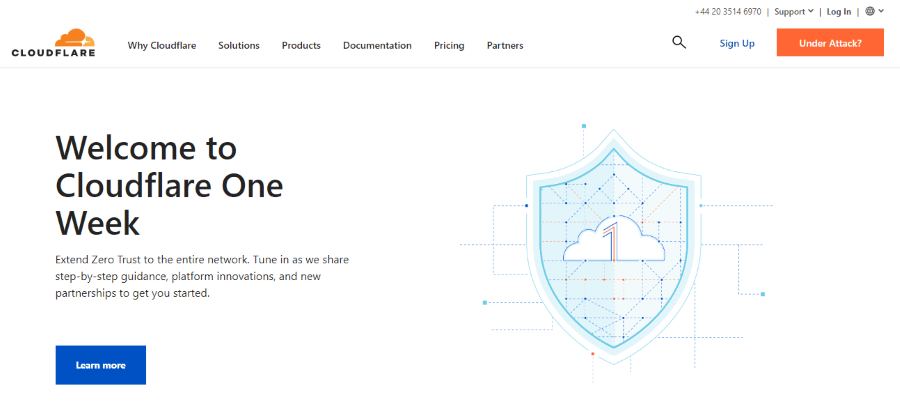
Cloudflare can help keep your site running smoothly during high-traffic events. Plus, it can provide a positive User Experience (UX) for your customers. Some web hosts, like Kinsta, come with Cloudflare CDNs included in their plans.
3. Carefully Select Your Payment Gateways
Any ecommerce business that accepts orders will need to carefully select its payment methods. Fortunately, WooCommerce is compatible with many payment gateways.
If you head over to the WooCommerce extensions store, you’ll find 81 add-ons in the Payments category:
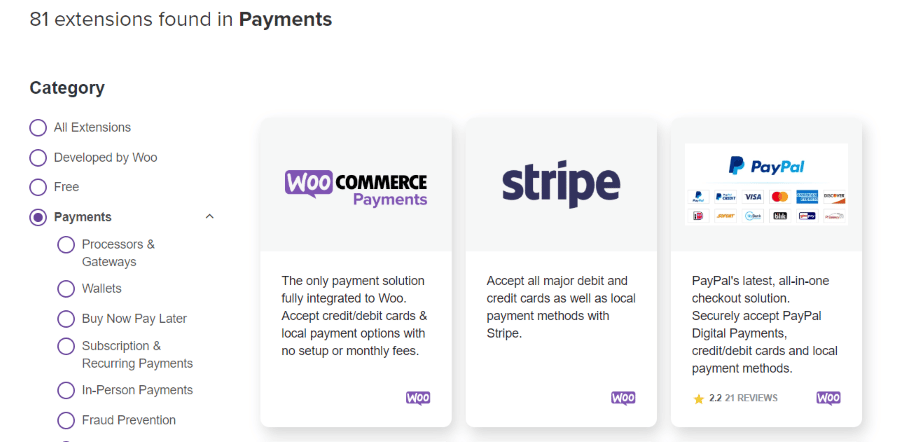
While WooCommerce comes with its own payment system, it also integrates with some of the most popular payment gateways. These include PayPal, Stripe, Amazon pay, Square, and all major credit cards.
To build a scalable business, you’ll need to find out if the commissions and fees charged by a third-party payment tool are within your budget. Then, based on your research, you can establish your priorities in terms of payment methods.
4. Maintain Updated Software, Plugins, and Themes
Every website will require lots of moving parts to run smoothly. Therefore, you’ll likely be using many different tools to keep your WooCommerce store in business.
Most WordPress plugins and themes require regular updates:
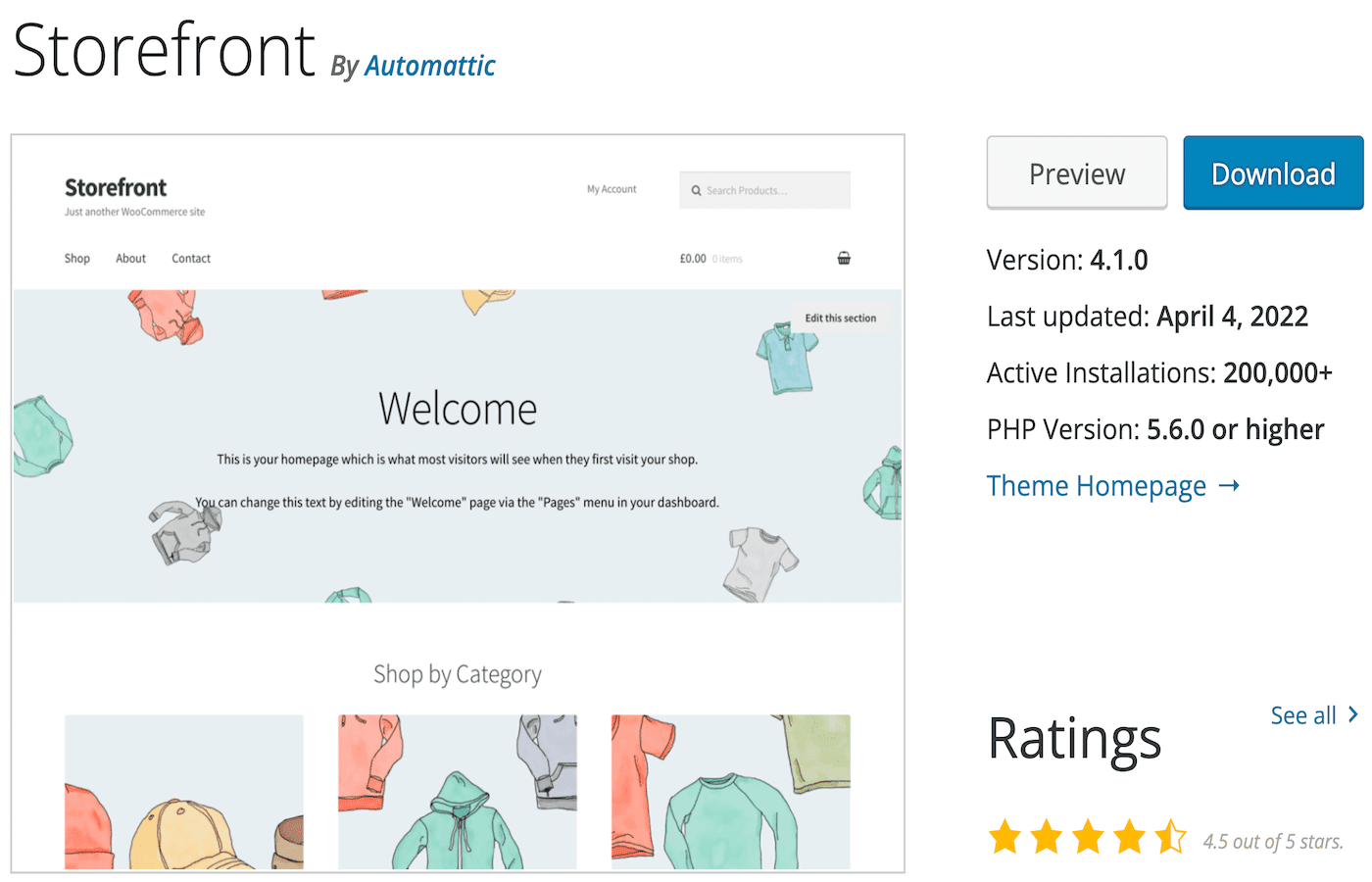
WooCommerce is constantly evolving and improving, so it gets regular updates as well. If your plugins and themes are not up to date, they could cause issues on your site.
Outdated software can lead to system incompatibilities, which can harm your site’s performance. Fortunately, you can easily update your plugins from your WordPress dashboard.
However, since your e-commerce site handles sensitive information, you’d be wise to back up your data and test out updates on a staging site before you implement them. A scalable site will need a sound strategy for maintenance and updates.
5. Run Regular Performance Tests
The best way to ensure that your ecommerce site is working as it should is by conducting performance tests. For instance, you’ll want to check your site speed and page loading times.
Other common performance issues include Cumulative Layout Shift (CLS) and interactivity delays. Google considers both of these factors in its Core Web Vitals scores. A poor score in these areas can have a negative impact on your rankings.
Our Kinsta APM Tool offers custom performance monitoring for your e-commerce site:
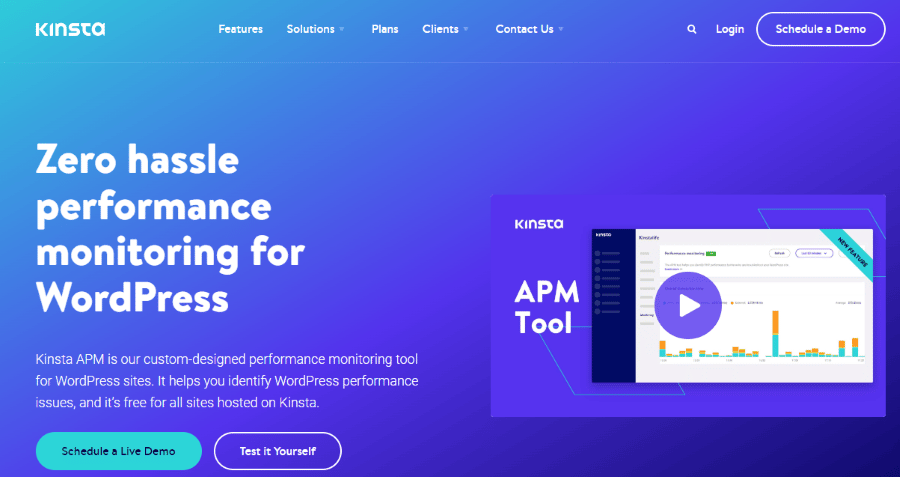
This tool is specifically designed for WordPress websites. It can identify problematic plugins and themes, offer suggestions for optimizing your tools, and more.
The scalability of WooCommerce hinges on your site’s overall performance. Fast loading times will enable your store to accommodate large volumes of traffic and rank higher in search results.
6. Audit Your Content
Performance monitoring tools can help you tackle issues with plugins and themes. However, you might also want to audit your content to ensure that you are using best practices for web performance.
You can do this manually by analyzing every page of your website. For example, you can check that all image files are compressed and that your product pages are organized neatly.
However, this would likely be a tedious task. Fortunately, you can use a Search Engine Optimization (SEO) tool like Semrush to simplify the process:
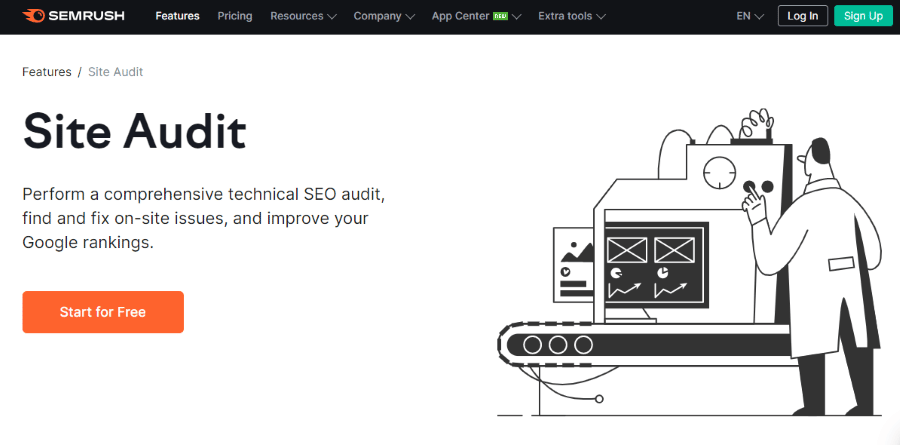
This tool comes with a site audit feature that scans your content for different issues. For instance, it will let you know if you have problematic redirects, slow loading pages, duplicate content, or broken links.
Summary
If you’re launching an online store, you’ll want to make sure that you’re doing everything right from the start. It’s important that you set up your e-commerce business to scale sustainably with demand. This way, your website will be able to handle a boost in conversions and traffic as your business grows.
To review, here are six methods for improving the scalability of WooCommerce stores:
- Choose a quality hosting provider.
- Use a Content Delivery Network (CDN).
- Carefully select your payment gateways.
- Maintain updated software, plugins, and themes.
- Run regular performance tests.
- Audit your content.
Do you have any questions about the scalability of WooCommerce? Let us know in the comments section below!




Leave a Reply